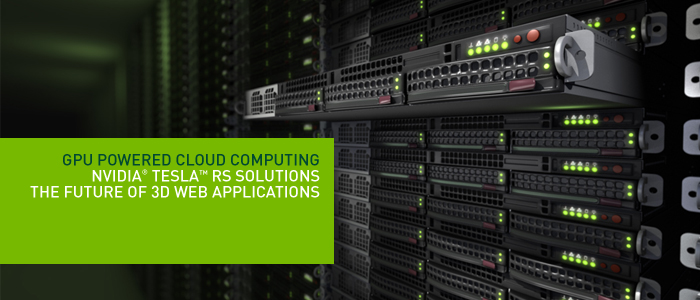Job Description:
Game Development Engineer, OnLive Platform
Location: Palo Alto, CA, United States
Job Type: Full-Time
We are looking for an exceptionally agile and flexible engineer that has experience porting large games to new platforms. We are interested in candidates that have worked on AAA console and PC games, are familiar with leading game engines, and are great communicators. You will work with leading game developers worldwide to integrate the OnLive SDK into existing games and teach outside development studios about the OnLive SDK.
RESPONSIBILITIES:
Drive integration of SDK for OnLive game features. Work closely with leading game developers to develop innovative next-generation video games
Understand game features and game development process
Triage incoming support issues via forums, email, and phone calls
Write whitepapers and code samples that illustrate common problems encountered by customers
Develop and present SDK training sessions as required
Pro-actively learn and implement new technologies quickly and independently
REQUIRED COMPETENCIES:
B.S degree with 3 or more years experience in software engineering or equivalent experience
Excellent software architecture skills
Demonstrated consultative customer management skills, including expectation setting, collaborative problem resolution, teaching of services/capabilities
Must have game console programming and game middleware experience
Independent, can identify issues and opportunities and act on them while keeping the team informed
Positive attitude and a strong work ethic, passion for cutting edge real-time tech, passion for video games
Ability to maintain balance under pressure and hit tight deadlines
Excellent written & verbal communication, documentation skill
Previous experience writing game network code using TCP and UDP
Experience using defect tracking and revision control tools. Perforce experience a plus
Strong Windows SDK experience
Preferred Languages - C++, C, C#, STL, Python, SQL, PHP, Perl, LUA
Preferred Technologies – Xbox360 SDK, PS3 SDK, Unreal game engine, MSVC
NICE TO HAVE:
Experience in field engineering organization providing onsite customer support
Experience with web technologies - Soap/Web Services, Tomcat, IIS, and Apache, HTML, XML, HTTP, HTTPS







![The Year of Incline [2014] Codex 2014](/forums/smiles/campaign_tags/campaign_incline2014.png)






